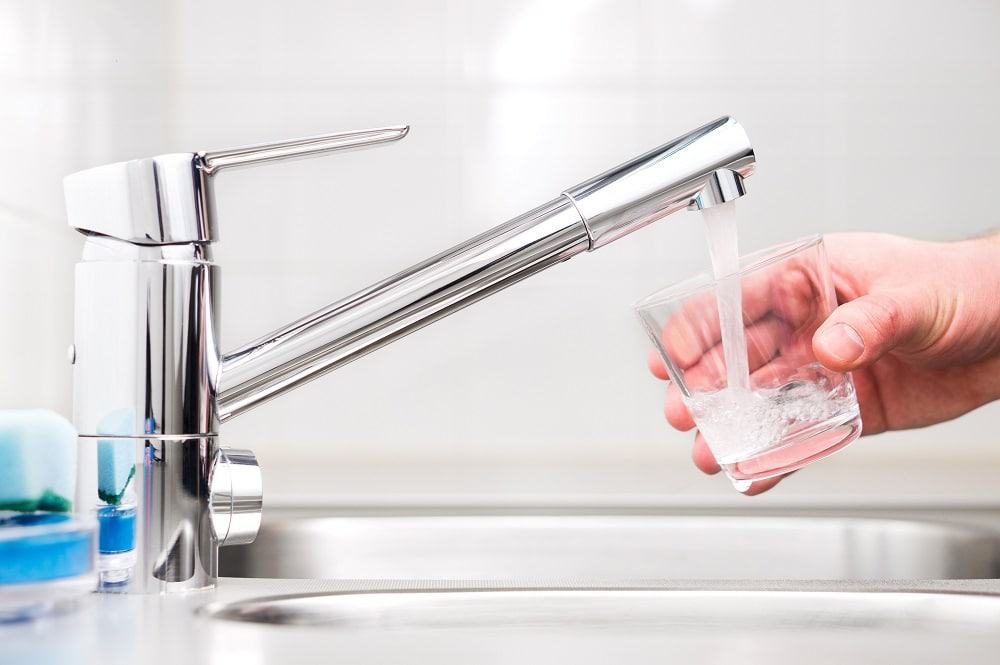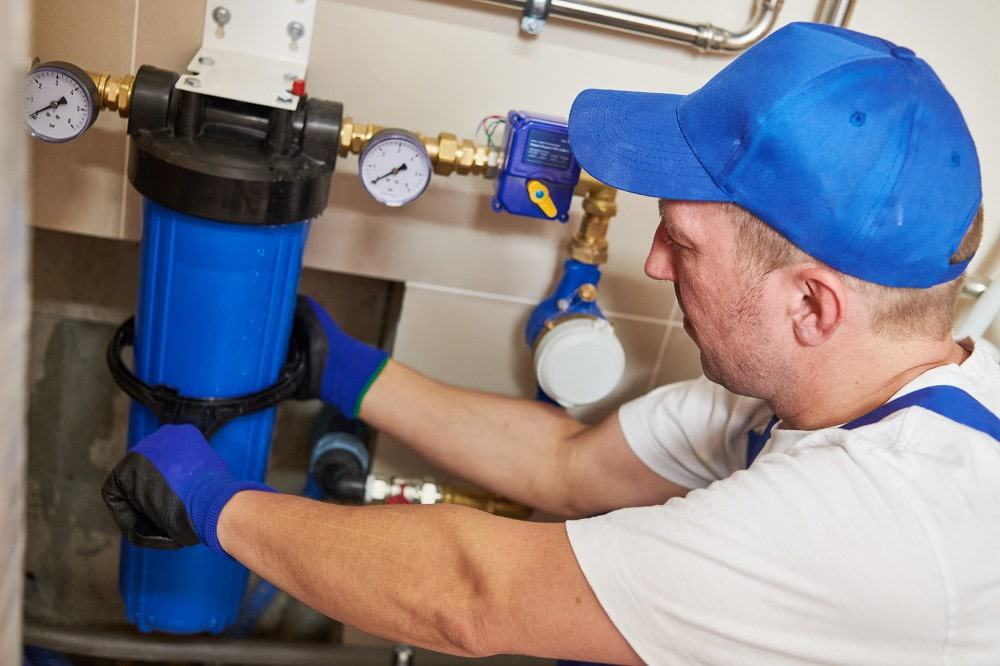Whether you get your water from a municipal supply or primarily use a well on your property, it can be difficult to know what substances are actually in your water. Some contaminants are invisible and hard to smell or taste, but they can definitely affect the quality of your water. Before you decide to install a whole house filter, it’s a good idea to have a private water testing lab check your water to see what’s actually in it. Here are some things private water testing laboratories will look for and what that might mean for your water quality.
Microbial
There are numerous microbial organisms that can be found in drinking water. EPA standards require these levels to be below a certain limit for municipal water supplies. Unfortunately, most people’s wells aren’t subject to testing, so there’s no telling what might be in your well water. These microorganisms include bacteria and viruses that can cause minor or major illnesses. Most come from fecal matter. Water quality tests look for legionella bacteria, coliforms, E. coli, and many other types of bacteria that typically cause gastrointestinal problems in humans. However, some bacteria in the water can pose more significant health problems. If the labs find that you have high traces of microorganisms in your well water, you can often treat it with a chlorination kit at the source and may not need a whole-house filter.
Organics
Organic contaminants in the water include substances that come from plants and animals as well as waste like colorants, alcohols, resins, phenols, and aldehydes from chemicals. These contaminants usually come from herbicides and pesticides or broken-down tissue from animals and plants. Trace levels of these contaminants are commonly found in the air, soil, and water, but they can be harmful when consumed in high amounts. Volatile organic compounds, or VOCs, are also found in the environment and come from different solvents, gasoline, and other similar products. If your water has organic contaminants, a house filtration system can remove them.
Inorganics
Inorganic contaminants include toxic metals. Again, some level of these substances in the drinking water is inevitable because they’re in the soil. Dissolved metals like lead, mercury, arsenic, nickel, and copper are commonly found in the water supply. In most cases, the levels are so small that they’re difficult to detect and won’t cause any harm. However, it’s important for a lab to confirm that the amounts fall below a certain limit because higher quantities can cause major health problems. Fortunately, reverse osmosis or kinetic degradation fluxion filters can remove these dissolved metals from your water supply.

Radioactive Elements
Uranium is a natural substance found in the soil and rocks. As the uranium decays, it gives off radiation. Small amounts of radioactive isotopes are harmless but higher traces of radium, thorium, and uranium can be cause for concern simply because of the decay products. The EPA has set standards of maximum contaminant allowance for radium and uranium, so if your water test reveals higher levels of radioactive elements, you’ll need to use a combination of water filtration and water softening methods to remove the radiation from your water.
Hard Water Minerals
Another consideration is how hard your water is. The best water testing labs also test for hard water minerals in your water. High levels of calcium, magnesium, and other minerals can cause scale buildup on appliances and can also affect the taste and feel of your water. A water softener can help resolve this problem. Contact Environmental Testing and Research Laboratories, Inc. today to have your water tested.

